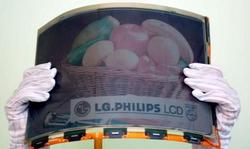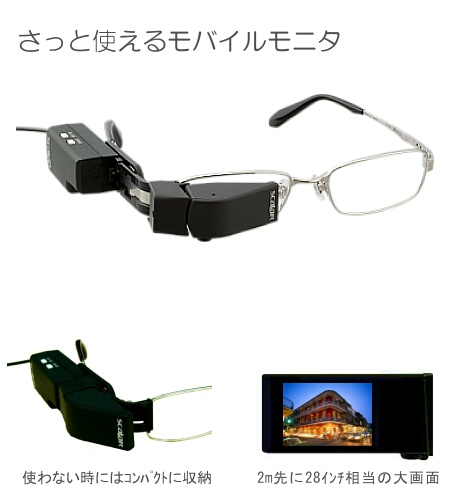Flexible Screen annoucements!…from SID 2007 this week
Thomas Menguy | May 30, 2007First a A4 Electronic Sheet of paper by Philips/LG Technology, found via Clubic:

This sheet of electronic paper is based on the E-Ink technology, and is able to display 4096 colors, for a 180 line of sight… with a thickness of only 300 micrometers. Battery friendly the E-Ink technology is only consuming juice when display is changing.
Then this one from Sony (thanks I4U):

A completely different technology: OLED/organic TFT on a flexible substrate, size of 2.5 inch and a resolution of 120*160 pixel …and 16,7 millions colors.
100 cd/m2 brightness, 1,000:1 contrast ratio and 300 micrometers thickness.
Great , the E-Ink technology is hanging around for years now, but really it is, for me, the most credible replacement to paper … if it needs to be replaced after all: I don’t know for you but the majority of what I read is on screen (computer, smartphone, nokia tablet), and what is not … it is BDs , books where the reading experience of paper is hard to challenge.
The OLED one is really interesting : imagine a device where a big screen is rolled inside, and you only deeply it when needed (either a smartphone or a laptop…).
Some great things are coming….and just for fun: the Teleglass T3-F to watch TV when commuting ![]()






